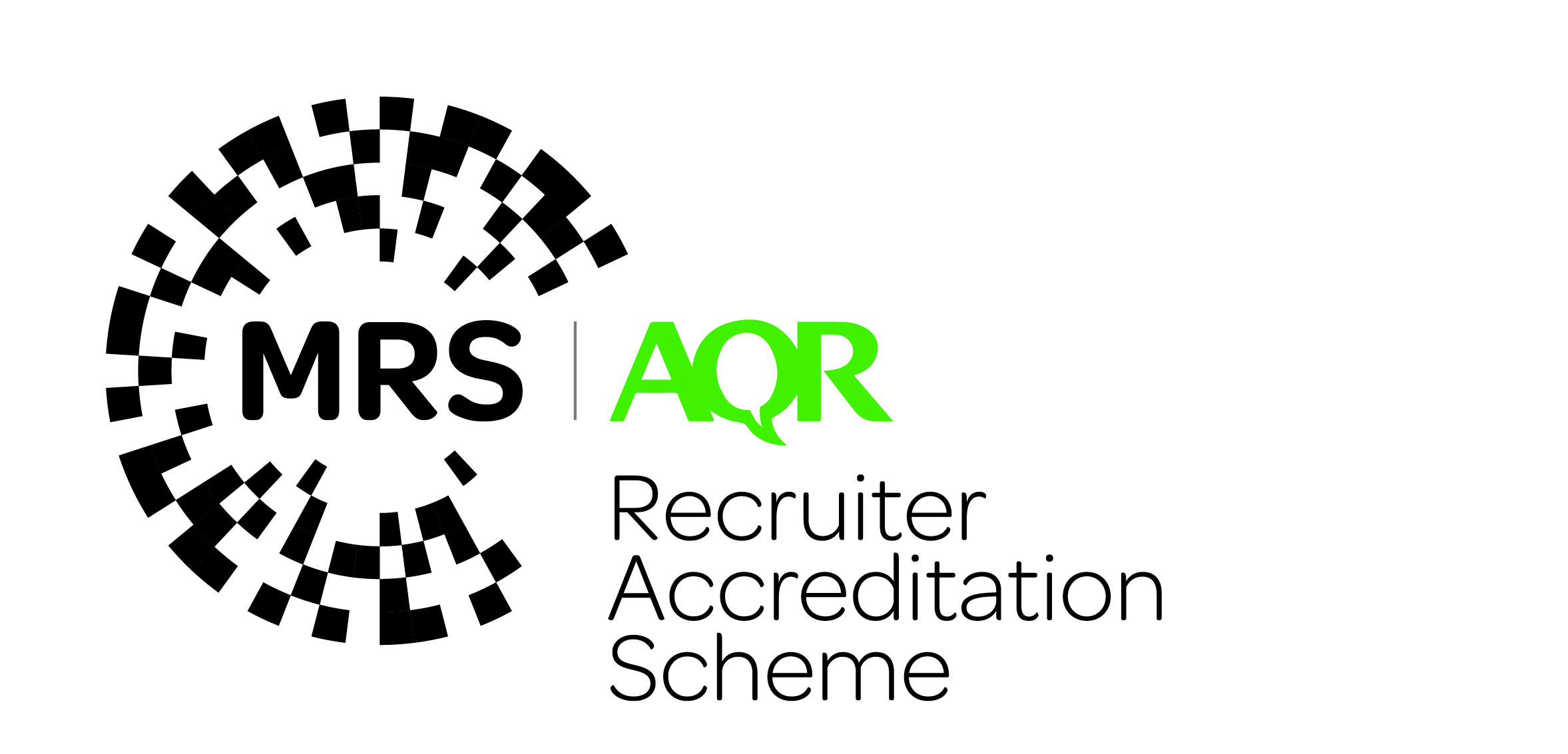All MRS websites use cookies to help us improve our services. Any data collected is anonymised. If you continue using this site without accepting cookies you may experience some performance issues. Read about our cookies here.
You are currently not logged in. Any progress made will be lost.
Collecting data on sex and gender
There are some recommendations for language when collecting data on sex and gender:
- Use ‘Ms’ instead of ‘Miss’ or ‘Mrs’ unless you know the martial status of an individual or have confirmation of how they would prefer to be referred to. A new gender-neutral title ‘Mx’ is now being widely used by the Government and many businesses in the UK.
- Terms like ‘policeman’ imply that the occupation is exclusively male. Use terms such as ‘police officer’, ‘firefighter’ and ‘sales person’
- Avoid describing someone as ‘trans’ unless that is how the person identifies and is comfortable with sharing. Do not try and compliment them by drawing attention to them being a trans person.
- There are three common gender pronouns: 1) she/her/hers 2) he/him/his 3) they/them/theirs Use `they’ (rather than his or her) when unsure of someone's pronouns. It is okay to ask which gender pronouns they identify with. For example, “Hi, I’m Sam, and I use the pronouns she/her/hers. What about you?”.
- Biological sex refers to a person’s physical anatomy. In most cases the terms male and female will cover biological sex but there are a range of other variations in “anatomy and chromosomal makeup” which will require an additional classification such as intersex. Intersex refers to a range of physical, hormonal, or genetic features, present but not necessarily evident at birth, which are neither wholly female nor wholly male or are a combination of female and male
- Gender and gender identity is complicated. It is the way that an individual describes themselves and identifies with a gender category. A person’s identity may or may not correspond with their biological sex and is quite separate and distinct from their sexual orientation. It is also not fully covered by the standard Male and Female categories. The wide range of non-binary gender identities means that some people may identify as male or female and some may identify with an alternative third option gender identity such as transgender. Other identities may include polygender, intergender, nongender, agender or transgender. In short, gender identity may not be static, and it can be complex.
- Transgender is a term generally used to refer to people where a person’s gender identity differs from their sex recorded at birth.
The following are examples from the MRS sex and gender guidance on how sex data could be collected.
Q. What is your sex?
- Female
- Male
- Intersex
- Prefer Not to Say
Q. What is your sex? OR you could ask What is your gender?
- Female
- Male
- Other gender identity (please specify)
- Prefer Not to Say
The following are examples of how gender data could be collected:
Q. Is the gender you identify with the same as your sex registered at birth?
- Yes
- No, write in gender identity
Q. Which of the following describes how you think of yourself? Please tick one option
- Male
- Female
- In another way (please specify)


